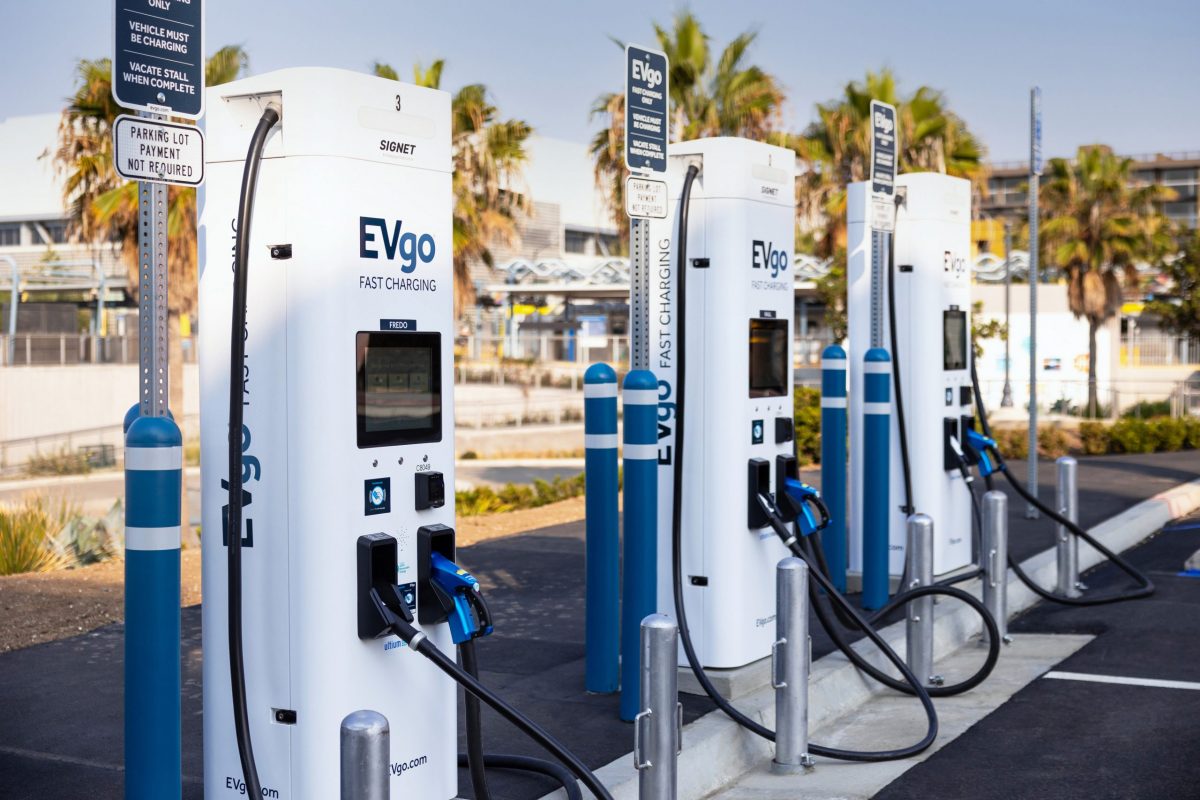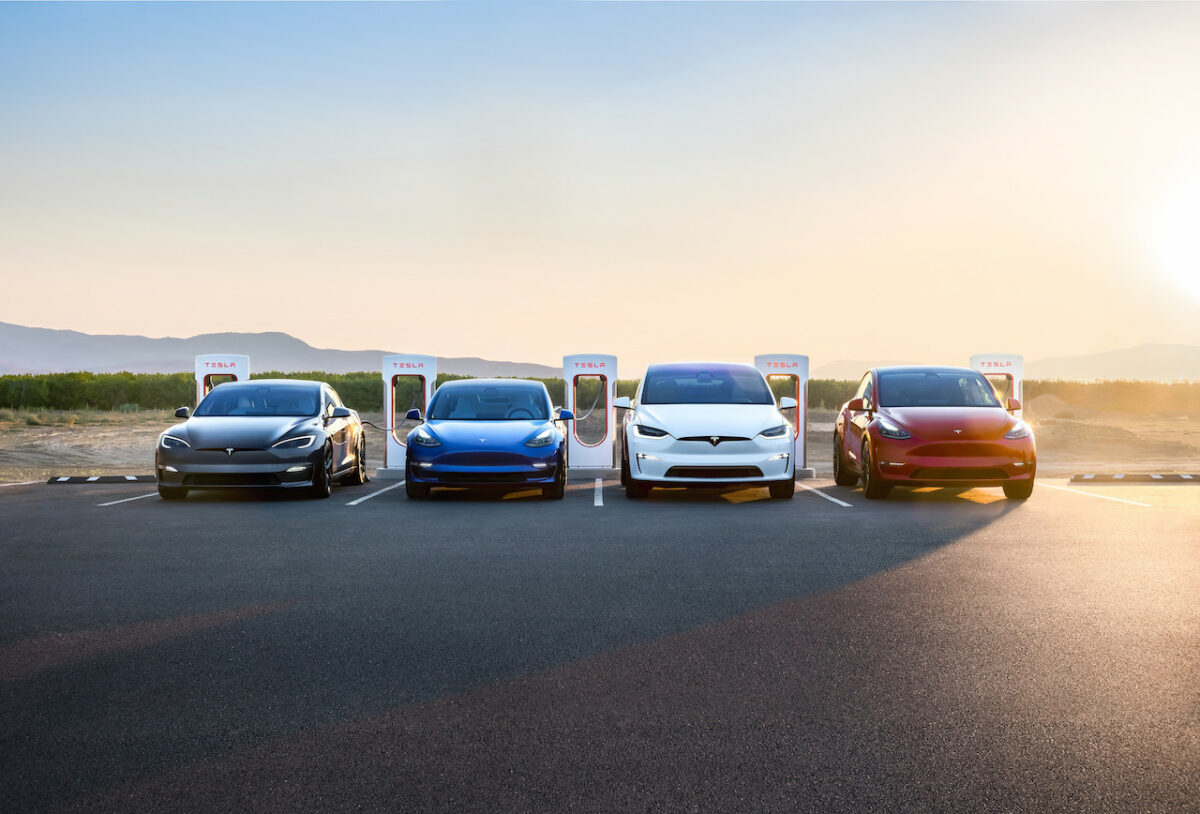The Chinese automotive industry has been a hot pot of debate and analytical discussion over recent months. But what does the future hold for those companies that are heavily reliant on the country? Punch Powertrain believes the promise of growth is evident, especially when considering the electrification of powertrains.
Four new products
Speaking to Megatrends, Gert-Jan Vogelaar, the company’s Strategic Marketing Director, sees two main trends affecting business at the company: “Fuel economy and the growing introduction of electrification in the powertrain are vitally important at the moment, and are both driven by government legislation across the world.”
To meet the demand in terms of fuel economy and electrification, Punch is planning a product launch offensive. Firstly, it will unveil a continuously variable transmission (CVT) in 2017 that it says has a ratio spread bigger than any other single state CVT on the market. During the same year, it will introduce a plug-in hybrid B3 configuration based on the CVT.
The company is also planning the launch of two products in 2018 – its first seven-speed dual-clutch transmission (DCT), and a “single state electric powertrain.” The target market for these products? China, says Vogelaar.

The future reflects the current
Each of the upcoming launches, he suggests, reflects the trends of the automotive industry and the Chinese market. “We have witnessed a boom occurring in the last few months, particularly for hybrids,” he remarks. “There is huge interest driven by the legislation in China. OEMs have to take drastic steps, and are looking for viable solutions. Our hybrid systems seem to be a perfect fit.”
Vogelaar is referring to the company’s HT2 Flywheel Hybrid Powertrain and HT1 Hybrid Electric Powertrain. The latter is doing particularly well in China, “which was our target market when we first conceived the product. It was designed to suit the needs of the Chinese consumer.”
What are the current needs of the Chinese customer? Fuel economy is one that has been evident for a long time, and will remain dominant. “It is absolutely key to all vehicles in China,” Vogelaar affirms. “Legislation will require OEMs to improve their fuel economy values by about 8% per year, which is a huge challenge.”
He continues, “Chinese consumers are also getting more sophisticated in terms of what they expect of the car. They are demanding all kinds of features, for example, touchscreen with latest functionality. In general, there is an increase in demand for automatics in China, which is found most in the SUV segment.”

Blowing hot air
If Punch Powertrain is developing new products for the Chinese market, how does Vogelaar view the country’s recent economic downturn? “We hear constant reports in the news on sales slowing down, but these do not take into account the downstock and upstock between OEMs and dealers. Therefore, they don’t accurately reflect the number of new vehicle registrations,” states Vogelaar.
 He admits that foreign brands may not be seeing the growth that they once benefitted from in terms of sales. Has this had an effect on suppliers like Punch? Impact has been minimal, he claims, as most of the company’s business is through domestic OEMs, which are currently performing significantly better in terms of sales than their foreign counterparts. This is largely driven by the fact that Chinese OEMs have “a selection of SUVs in their portfolios,” says Vogelaar. “Although sales from domestic OEMs account for roughly 25% of the overall market, they have about a 50% share of the SUV market. The negative news in China is less applicable to these Chinese OEMs, which is actually good for Punch Powertrain.”
He admits that foreign brands may not be seeing the growth that they once benefitted from in terms of sales. Has this had an effect on suppliers like Punch? Impact has been minimal, he claims, as most of the company’s business is through domestic OEMs, which are currently performing significantly better in terms of sales than their foreign counterparts. This is largely driven by the fact that Chinese OEMs have “a selection of SUVs in their portfolios,” says Vogelaar. “Although sales from domestic OEMs account for roughly 25% of the overall market, they have about a 50% share of the SUV market. The negative news in China is less applicable to these Chinese OEMs, which is actually good for Punch Powertrain.”
High hopes
Despite all these positives, one of the challenges that all hybrid and EV powertrain suppliers must address is the fact that China has fallen far short of predicted sales for alternative powertrains. EVs in particular have struggled to meet earlier targets. What role will Punch’s new technologies set for launch in 2017 and 2018 play in China’s attempts to promote alternative powertrains?
“There are already a number of brands that have come up with EVs for China. We predict that there will probably be more in-house developments made by some of the domestic OEMs to build EVs, but for those that cannot or do not want to, they can find solutions from Punch Powertrain,” Vogelaar says.
And on the hybrid side, he adds, with the exception of BYD, “the offerings in the market are quite limited,” creating a gap in the market that Punch intends to fill.
As for which applications will be most important in the future, Vogelaar eagerly suggests that all are equally feasible and crucial to the company. “We are currently going through the next stages of development for all these products,” he says, adding: “The contracts have been signed with our customers for all, except for the EV. However, we are in the process of final negotiations with a number of interested parties for this. There is pressure for us to get each and every one of the products ready.”



